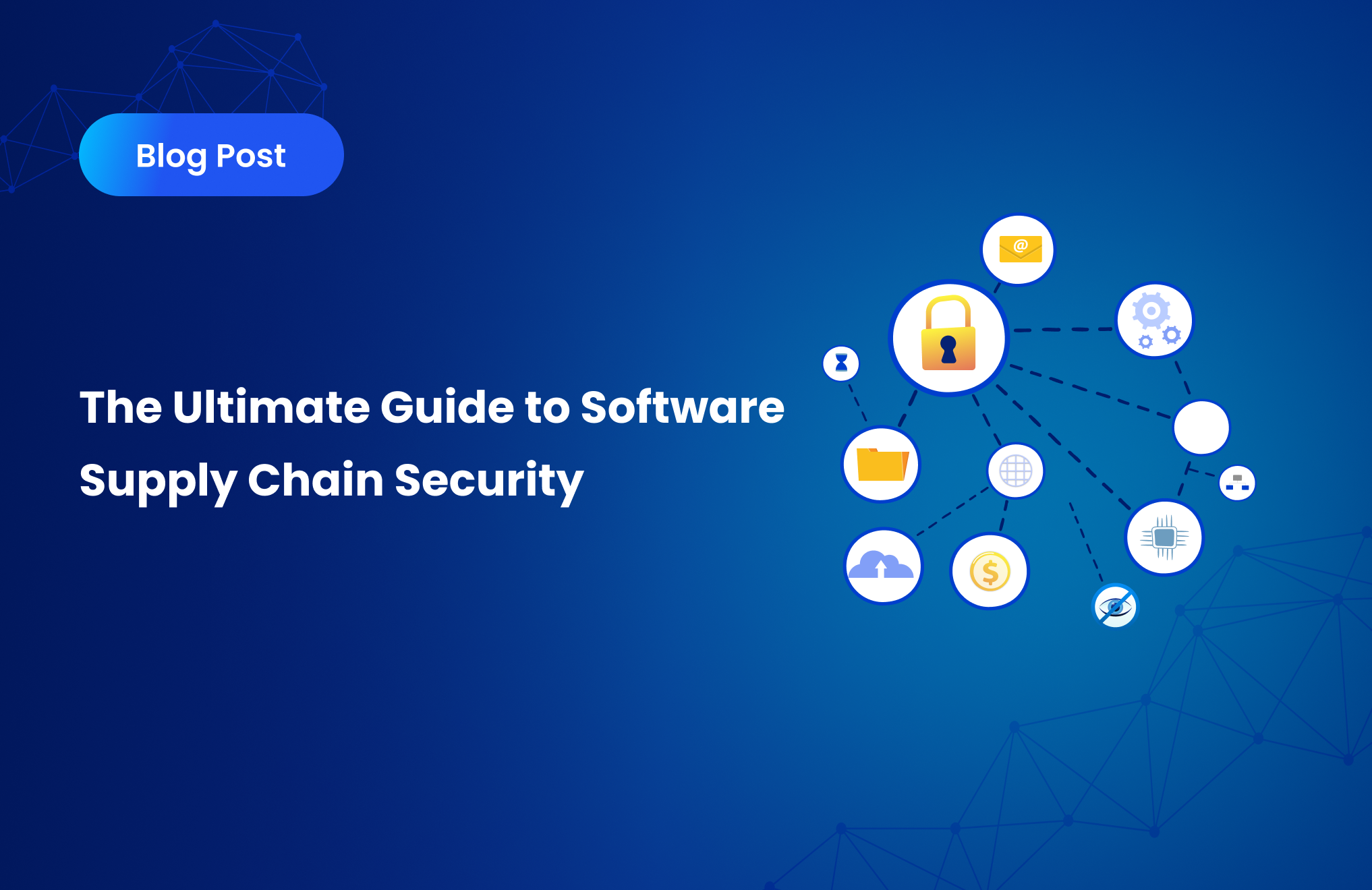Breach and Attack Simulation For Modern Security

By constantly reviewing an organization’s security controls, breach and attack simulations help organizations truly focus on threats. They do this by always assessing their threat readiness. For better protection, companies are turning to Breach and Attack Simulation (BAS) solutions. These solutions test security in an automated and continuous manner.
Why Breach and Attack Simulation instead of Traditional Penetration Testing?
The Intrusion and Attack Modelling Tool (BAS) is designed to test existing infrastructure security components, processes and procedures implemented in an enterprise IT infrastructure. Attack and Attack Simulation (BAS) technology adds an extra layer of security to your business. It does this by measuring the effectiveness of current security controls in detecting and preventing known attacks.
Breach and Attack Simulation Tools
Breach and Attack Simulation (BAS) tools can help security professionals continually improve their readiness for advanced threats and TTPs. They work by safely simulating the full attack kill-chain in a production environment. This suggests that BAS tools can perform a wide range of attack and breach simulations. In turn, this uncovers vulnerabilities in a company’s security system and helps it better prepare to make its defenses immutable. Simulated automated attacks can help a company identify potential security vulnerabilities and test attack detection and prevention capabilities. Automated Breach and attack simulations can run indefinitely and provide real-time platform security assessments to protect organizations. This solution helps protect companies from lawsuits and unsuspecting network users from cyber attacks.
Breach and Attack Simulation to identify Blind-spots
Breach and attack simulation closes this gap and allows enterprises to get more out of their existing security solutions by providing low-risk, continuous testing of the corporate network. Advanced Threat Protection optimization starts with continuous testing. This is to make sure security controls are working as expected and any security gaps are identified and quickly fixed.
Industries that must adhere to strict data privacy and security regulations shouldn’t operate without hack protection and attack simulation technology. An alternative to this is continuous penetration testing. Security Control Validation (SCV) is a primary use case for hack and attack simulation and is critical in helping organizations answer the core security questions needed to become threat-aware.
Attack Surface Discovery
While legacy solutions may not be able to detect unknown, unauthorized, or external resources, a modern attack surface management solution mimics their toolbox. By adopting an attacker’s mindset and mimicking their toolbox, organizations can better see all potential attack vectors. One of the best ways to ensure better protection is to implement an Attack Surface Discovery Technology, which provides real-time continuous monitoring and analysis of vulnerabilities of external resources.
Attack Surface Discovery is the first Step in BAS
BAS tools allow security teams to visualize and correlate simulation results to better understand their security holes in near real-time. This allows them to initiate remediation before an attacker can exploit those holes. BAS tools and their frequent testing, including surprise attack simulations, can increase the number of security alerts that overburdened security personnel have to deal with. Meanwhile, attack surface discovery technologies can identify the first steps attackers would take to hack any organization. In this way, ASM & BAS tools continuously and automatically simulate cyber attacks and highlight where the blue team needs to focus their security efforts.



.svg)
.svg)
.svg)
.svg)



.svg)
.svg)
.svg)
.svg)
.svg)
.svg)
.svg)
.svg)



